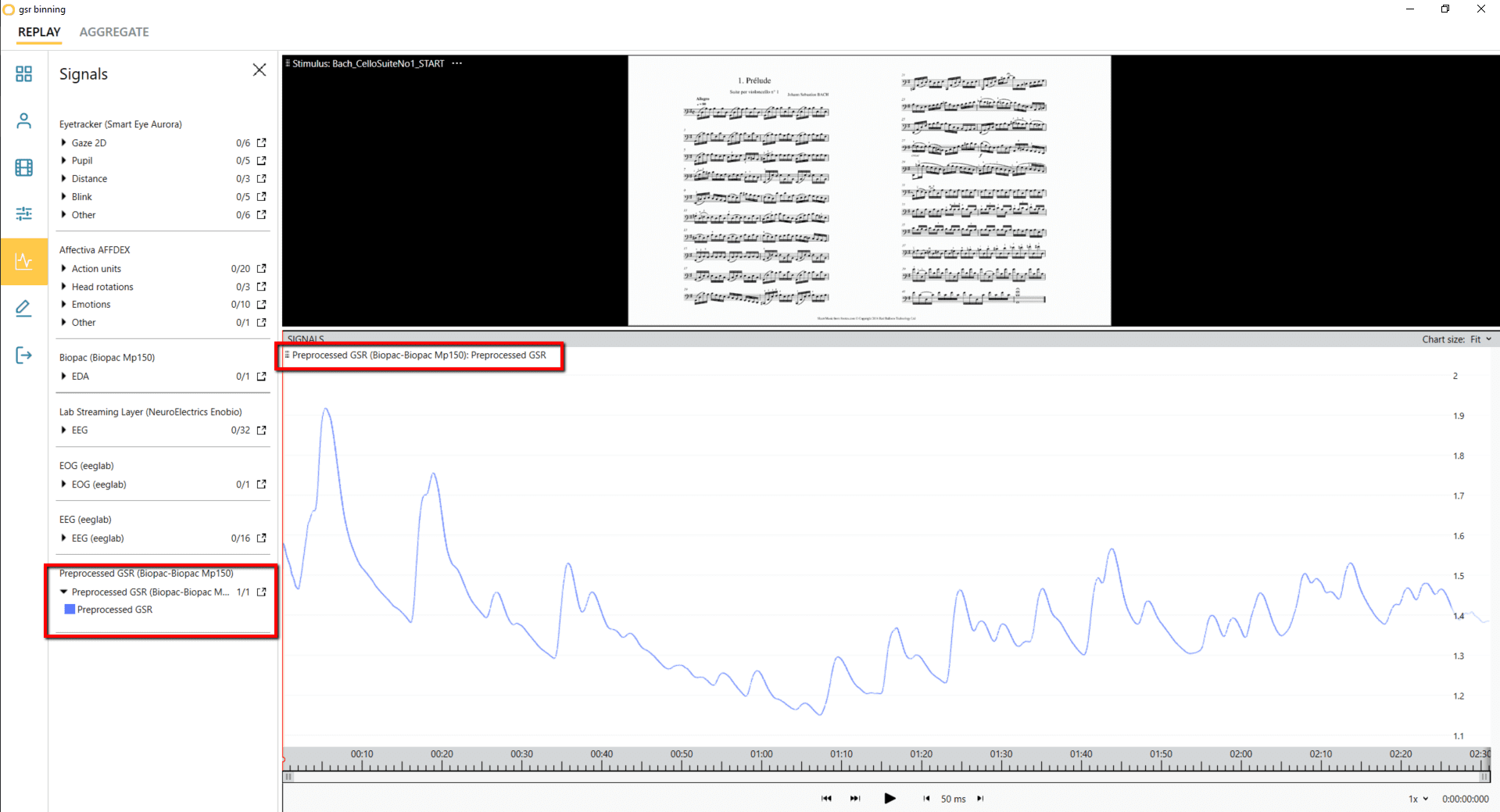Our leading core values here at iMotions are Innovation and Transparency, and we are excited to share our latest product news with the iMotions community. This new release (8.1.10), which includes the new “Sensor Data Preview” and improved R Notebooks, deserves some extra attention as the added capabilities give you more flexibility in your human behavior research.
Content:
Sensor Data Preview
Improved R notebooks
EEG Notebook update
GSR Notebook update
Sensor Data Preview – take full control of the experimental process
Formerly known as Live Viewer, our updated Sensor Data Preview allows you to check and monitor data quality before and during data collection. The data stream can be viewed and configured live – allowing you to see your respondent’s emotional reaction in real-time, spot potential data collection issues, and maintain an overview of the experiment while it happens.
This flexibility allows you to configure your experimental setup to your participant’s emotional reactions and reorder the past, current, and future stimuli accordingly. Check out our preview video below for more details:
If you are an iMotions customer, more information can be found in our Customer Help Center: Sensor Data Preview
Improved R Notebooks
In your iMotions Desktop Software, we have started replacing the hard-coded signal processing algorithms, which were originally programmed in source code, with R Notebooks.
With this new initiative, we try to combine the best of two worlds. Firstly, we provide signal processing algorithms, and secondly, by allowing you to access the R-code itself, giving you the flexibility to adapt the R-code to the specific needs of the individual users.
WHAT ARE ‘R NOTEBOOKS’?
‘R’ is a free and open-source software, which is known and widely used by academic researchers across the world for running statistical analyses. The software uses its own R-language, which is an easy-to-learn programming language, and gives researchers the flexibility to program their own scripts (or ‘Notebooks’) for analyzing and visualizing data.
Check out our newest updates to the EEG and GSR R Notebooks.
EEG Notebook update:
We have updated the EEG Notebook with a new option to analyze your EEG data. You can now choose between the newly added Welch’s method to compute frequency bands and Frontal Alpha Asymmetry (FAA), or ABM’s (legacy) method.
The pre-processing of the EEG data is identical for the two methods and includes:
(1) demeaning and detrending
(2) a zero phase-lag high-pass filter
(3) a zero phase-lag notch filter
(4), an artifact threshold (marking data points that exceed a set voltage threshold);
Check out: What is EEG (Electroencephalography) and How Does it Work?
The difference between the two methods is that the Welch method uses 1-second hamming time windows, while the ABM legacy method uses 2-second square time-windows.
Welch Method:
Welch’s method is available in the R notebook for Power Spectral Density analysis. Welch’s method is also a new option in the Frontal Alpha Asymmetry R notebook (See Recent publication). Ultimately, the Welch method results in one power spectrum per 0.5 seconds, whereby each power spectrum relates to one second of EEG data.
ABM Method (legacy method):
For the legacy method, the EEG data is chunked into 2-second time windows with an overlap of 50%. These 2-second time windows are then further subdivided into (three) 1-second time windows with an overlap of 50%. Ultimately, the legacy method results in one power spectrum per second, whereby each power spectrum relates to two seconds of EEG data.
Figure: Visual representation of ABM (legacy) method & Welch Method

GSR Notebook update:
Another feature we’d like to highlight is the ability to mark Galvanic Skin Response (GSR) signals for moment-to-moment representations and analysis.
It allows you to define equally spaced time windows in your recorded data and compute the average/ minimum/ maximum/ standard deviation of the signal during that time window.

Learn more about Galvanic Skin Reponse (GSR)
Our R Notebooks as of today consists of the following modules:
- Galvanic Skin Response (GSR)
- Facial Expression Analysis (FEA)
- Electro-encephalography (EEG)
- ECG Heart Rate and Heart Rate Variability
- Electromyography (EMG)
For more information on the release notes, check out: our iMotions Release page. There is more exciting news up ahead and if you want to stay up to date with the newest content and industry trends, sign up for our newsletter.
On behalf of iMotions, we look forward to building our community and knowledge together.









